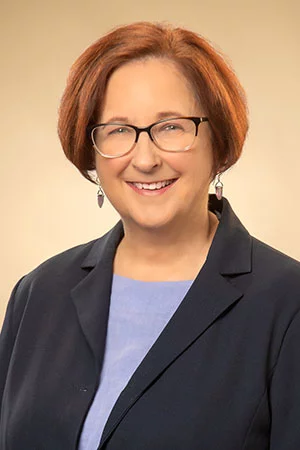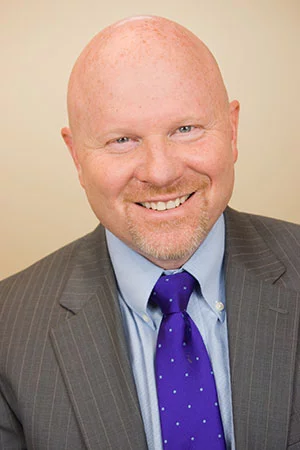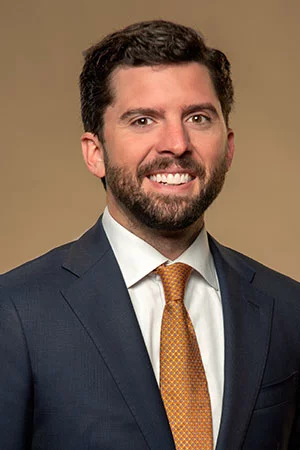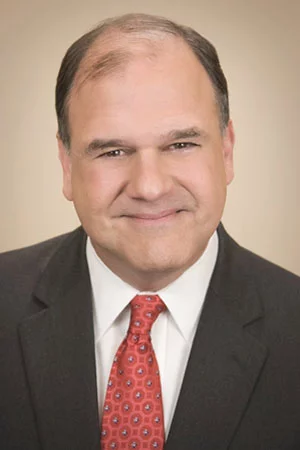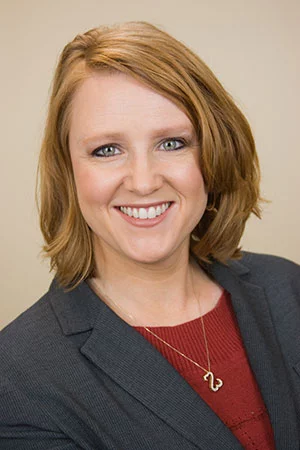About Addiction
To begin healing from the impacts of addiction, it’s important to fully understand the disease. Cumberland Heights has compiled some resources to educate our patients and families on substance use disorder.
What are Substance Use Disorders?
Substance Use Disorders (SUD), commonly known as “Addiction,” are defined as “a primary, chronic disease of brain reward, motivation, memory and related circuitry.” Moreover, the National Institute of Drug Abuse (NIDA), defines addiction as a chronic, relapsing disorder characterized by compulsive drug seeking and use despite adverse consequences.
According to the Substance Abuse and Mental Health Services Administration (SAMSHA), approximately 19.3 million individuals struggled with addiction in 2019. More than 67,000 individuals died from drug overdoses in 2018, making it a leading cause of injury-related death in the United States.
Although substance use disorders are chronic diseases, there are many treatment options proven to effectively treat common symptoms. At Cumberland Heights, we base our treatment plans on the following principles.
- Addiction is a complex but treatable disease that affects brain function and behavior.
- Effective treatment attends to multiple needs of the individual, not just his or her drug abuse.
- Remaining in treatment for an adequate period of time is critical. Research indicates that most addicted individuals need at least 3 months in treatment to significantly reduce or stop their drug use and that the best outcomes occur with longer durations of treatment.
- Behavioral therapies—including individual, family, or group counseling—are the most commonly used forms of drug abuse treatment.
Common Signs and Symptoms
According to the American Psychiatric Association (APA), substance use disorders are measured using 11 criteria across five domains of symptomatology. These include impaired control (1-4), social impairment (5-7), risky use (8-9), and pharmacological (10-11).
- The individual may take the substance in larger amounts or over a longer period than was originally intended.
- The individual may express a persistent desire to cut down or regulate substance use and may report multiple unsuccessful efforts to decrease or discontinue use.
- The individual may spend a great deal of time obtaining the substance, using the substance, or recovering from its effects.
- Craving is manifested by an intense desire or urge for the drug that may occur at any time but is more likely when in an environment where the drug previously was obtained or used.
- Recurrent substance use may result in a failure to fulfill major role obligations at work, school, or home.
- The individual may continue substance use despite having persistent or recurrent social or interpersonal problems caused or exacerbated by the effects of the substance.
- Important social, occupational or recreational activities may be given up or reduced because of substance use.
- This may take the form of recurrent substance use in situations in which it is physically hazardous.
- The individual may continue substance use despite knowledge of having a persistent or recurrent physical or psychological problem that is likely to have been caused or exacerbated by the substance.
- Tolerance is signaled by requiring a markedly increased dose of the substance to achieve the desired effect or a markedly reduced effect when the usual dose is consumed.
- Withdrawal is a syndrome that occurs when blood or tissue concentrations of a substance decline in an individual who had maintained prolonged heavy use of the substance.
Language Matters
How we talk about and refer to those struggling with substance use disorder is important in helping erase the stigma surrounding the disease. Research shows language is a powerful tool that can support bias6, 7. Below are some common phrases used when talking about substance use disorder, as well as more acceptable and respectful alternative phrases.
| Stigma Alert: | Person-First Language: |
|---|---|
| “Abuser” | “Person with an addiction” |
| “Addict” | “Person with a substance use disorder” |
| “Co-Dependent” | “Person who struggles with boundaries” |
| “Dirty” | “Person who is currently using” |
| “They” | “My patients” |
- American Society of Addiction Medicine (ASAM). (2013). Terminology Related to Addiction, Treatment, and Recovery. Chevy Chase, MD, USA.
- National Institute on Drug Abuse (NIDA). (2018). The Science of Drug Use and Addiction: The Basics. National Institute on Drug Abuse website. https://www.drugabuse.gov/publications/media-guide/science-drug-use-addiction-basics.
- Centers for Disease Control and Prevention (CDC), National Center for Injury Prevention and Control. (2020). Understanding the Epidemic. Centers for Disease Control website. https://www.cdc.gov/drugoverdose/index.html.
- National Institute on Drug Abuse (NIDA). (2018). Principles of Drug Addiction Treatment: A Research-Based Guide (Third Edition). National Institute on Drug Abuse website. https://www.drugabuse.gov/publications/principles-drug-addiction-treatment-research-based-guide-third-edition.
- American Psychiatric Association (APA). (2013). Diagnostic and statistical manual of mental disorders (DSM-5). American Psychiatric Pub.
- Ashford, R. D., Brown, A. M., & Curtis, B. (2018). The Language of Substance Use and Recovery: Novel Use of the Go/No–Go Association Task to Measure Implicit Bias. Health communication, 1-7.
- Kelly, J. F., & Westerhoff, C. M. (2010). Does it matter how we refer to individuals with substance-related conditions? A randomized study of two commonly used terms. International Journal of Drug Policy, 21(3), 202-207.
Our programs include a range of levels of care and age- and gender-specific tracks to meet the unique needs of different types of clients. To learn more, please call 800-646-9998.

